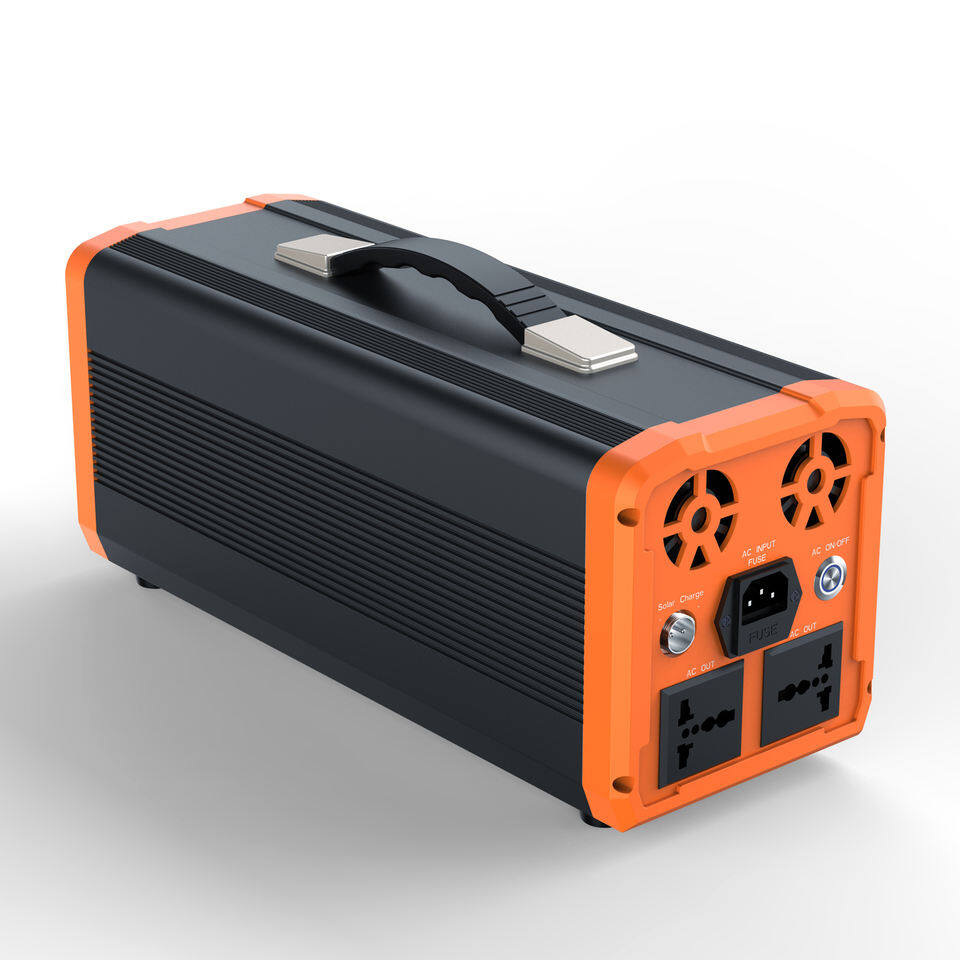Email format error
Email cannot be empty
Email already exists
6-20 characters(letters plus numbers only)
The password is inconsistent
Email format error
Email cannot be empty
Email does not exist
6-20 characters(letters plus numbers only)
The password is inconsistent


Exploring the Versatility and Benefits of a 1000W Charge Controller
In the world of renewable energy, a 1000W charge controller plays a crucial role in managing and optimizing the power generated from solar panels or wind turbines. These devices ensure that the energy produced is stored efficiently and used effectively, preventing overcharging and enhancing the lifespan of batteries. In this blog post, we’ll dive into the functions, advantages, and various applications of a 1000W charge controller, all while maintaining an engaging and informative tone.
What is a 1000W Charge Controller?
A charge controller is a device that regulates the voltage and current coming from solar panels or wind turbines to the batteries. A 1000W charge controller specifically refers to its capacity to handle up to 1000 watts of power. This device is integral in preventing overcharging, undercharging, and reverse current flow, which can all damage the battery and reduce its lifespan. The 1000W charge controller ensures that the batteries are charged at the correct voltage, enhancing efficiency and longevity.
Types of Charge Controllers
There are primarily two types of charge controllers: PWM (Pulse Width Modulation) and MPPT (Maximum Power Point Tracking).
PWM Charge Controllers
PWM charge controllers are simpler and more cost-effective. They work by slowly reducing the amount of power going into the batteries as they approach full charge. While effective, they are less efficient compared to MPPT controllers, especially in systems with higher power output like a 1000W setup.
MPPT Charge Controllers
MPPT charge controllers are more sophisticated and efficient. They constantly monitor the output of the solar panels and adjust the electrical load to ensure the maximum power is transferred to the batteries. This type of charge controller is ideal for 1000W systems as it can significantly increase the efficiency of the energy transfer, making the most out of your renewable energy setup.
Benefits of Using a 1000W Charge Controller
1. Enhanced Battery Lifespan
By preventing overcharging and undercharging, a 1000W charge controller ensures that batteries maintain their health and longevity. Proper regulation of the charge process can extend the life of your batteries, saving you money in the long run.
2. Improved Efficiency
MPPT charge controllers, in particular, can enhance the efficiency of your solar or wind energy system. By optimizing the power transfer, you can get more energy stored in your batteries from the same amount of sunlight or wind.
3. System Protection
A 1000W charge controller protects your entire energy system from potential damage caused by electrical surges, reverse polarity, and short circuits. This protection is crucial for maintaining the safety and functionality of your renewable energy setup.
4. Versatility
These charge controllers can be used in various applications, from small residential systems to larger commercial setups. Whether you’re powering a remote cabin, an RV, or a small business, a 1000W charge controller can handle the job efficiently.

Applications of a 1000W Charge Controller
1. Residential Solar Power Systems
For homeowners looking to reduce their dependence on the grid, a 1000W charge controller can manage the power generated by rooftop solar panels. This setup can provide a significant portion of a home’s energy needs, especially when combined with energy-efficient appliances and practices.
2. Off-Grid Living
For those living off-grid, a 1000W charge controller is essential. It ensures that the energy generated by solar panels or wind turbines is stored efficiently in batteries, providing reliable power for lighting, appliances, and other needs. This independence from the grid allows for sustainable and self-sufficient living.
3. Recreational Vehicles (RVs)
RVers can benefit greatly from a 1000W charge controller. Solar panels mounted on the roof of an RV can provide enough power to keep batteries charged, allowing for extended stays in remote locations without the need for a generator.
4. Marine Applications
Boats and yachts can also utilize a 1000W charge controller to manage power from solar panels or wind turbines. This setup ensures that batteries remain charged for essential systems and comfort, even when docked away from shore power.
5. Commercial and Industrial Uses
Businesses and industrial operations looking to incorporate renewable energy can use 1000W charge controllers to manage the power generated by larger solar arrays or wind turbines. This can help reduce energy costs and contribute to sustainability goals.
Choosing the Right 1000W Charge Controller
When selecting a 1000W charge controller, consider the following factors:
1. Compatibility: Ensure the charge controller is compatible with your solar panels or wind turbines and battery bank.
2. Type: Decide between PWM and MPPT based on your efficiency needs and budget.
3. Features: Look for features such as LCD displays, remote monitoring, and system protection functions.
4. Brand and Reviews: Choose a reputable brand and check customer reviews for reliability and performance.
Installation and Maintenance
Proper installation and maintenance are crucial for the optimal performance of a 1000W charge controller. Follow the manufacturer’s guidelines for installation, ensuring that all connections are secure and correctly configured. Regularly check the system for any signs of wear or damage and perform routine maintenance as needed.
Conclusion
A 1000W charge controller is a vital component in any renewable energy system, ensuring efficient energy storage and system protection. Whether for residential, off-grid, recreational, marine, or commercial applications, these devices enhance the effectiveness and reliability of your energy setup. By choosing the right charge controller and maintaining it properly, you can enjoy the benefits of sustainable and efficient energy for years to come.

